Fumayan humans
The Fumayan humans are the dominant ethnic group of the land of Fumaya, known for being a hardy, no-nonsense, green thumbed, and Nine-fearing people.
Because the nation of Fumaya is vaguely shaped like a foot on maps, their neighbors the Meckelorner dwarves have nicknamed Fumayans as "Booters". Meckelorners generally like Fumayans and they mean the term "Booters" affectionately. and many Fumayans have adopted the label proudly, as have some of the Fumayans other neighbors.
Less flattering nicknames include "Foot people" or "People of the Sock" or variations of jokes about stinky feet.
History of the Fumayan People
We are different, in our case the Fumayan people actually predate the Fumayan kingdom by several hundred years. Before they were called "Fumayans" our ancestors were called "People of the lakes" or more disparagingly as "the fish eaters" because the lands they lived in had lots of lakes. Fumayans of course got their name from the legendary ancient warrior Fumaya the Half Elf who was said to have many children, so that large swaths of the Fumayan people claimed his ancestry until the new name stuck. Our ancient ancestors were not particularly literate or if they were, their writings did not survive. Most of what we know about the ancient Fumayans was written by their rivals and enemies, so naturally the surviving accounts are...unflattering. The ancient Fumayans were considered a strong and hardy people, but also stubborn and belligerent and more than a backward. Very little to distinguish the ancient Fumayans from the unflattering stereotypes of Borderlander humans who it was believed shared a lot of blood and history. Even the ancient Fumayans' rivals admitted that the Fumayans were wise in the way of the earth and plants, and had great skill as farmers and foresters and it seems our ancestors were all ways Nine fearing, or at least Korus fearing. The Fumayan people originally extended well beyond the borders claimed by Kingdom of Fumaya extending into the the Grey Forest, much of Old Talama, and even a little bit of the Old Swynfaredia region, but the "tribe of Fumaya" was rarely unified, usually divided into several petty kingdoms that alternated between peaceful coexistence and intermittent warfare with the other Fumayan nations. There were a few attempts by charismatic Fumayan warlords to unify the Fumayan people under one banner, and sometimes they succeeded but these ancient kingdoms were all held together by naked force and never lasted very long after their first king died. At the dusk of the Red Era, the fractured and disunited Fumayan petty kingdoms were easily conquered by Vladimir the Conqueror, at least initially. But the Fumayan people never truly submitted, and Vladimir was dealing with Fumayan rebellions constantly, including some which led to assassinations of important vampire lieutenants. During the second century of the Feudal Era, a charismatic son of a famous vampire hunter named Gothard declared himself 'King of the Fumayans' and named his nation 'the Kingdom of Gotha'. The Kingdom of Gotha lasted longer than any of it's predecessors, surviving three generations before it was torn apart by civil war and rebellion. The Fumayan people fell back into a state of feuding petty kingdoms and never unified again until the illustrious King Ziven Linijka established the Kingdom of Fumaya in 1506 during 168th Year of Korus of the Feudal Age. I like to think that the Kingdom of Fumaya has endured because Ziven, in his wisdom and humility, named the kingdom 'Fumaya' after the people instead of 'Zivenia' after himself which is basically what all the failed kings before him chose to do.""Uskalan humans come from the land of Uskala and Swynfaredian humans come from the land of Swynfaredia. "Swynfaredia" and "Uskala" were names created by new leaders who reshaped the local humans to match their vision of what a nation should be creating the Swynfaredian and Uskalan ethnicities out of the people who existed there before.
Naming Traditions
Feminine names
Most of my names are ethnic Polish names pulled from babyname.com.
Sometimes Meckelorn names (which are loosely based on old Norse or various fantasy name generators online) or Elf names (which are loosely based on old French or various fantasy name generators online) creep into Fumaya. Girls get the dragon's share of elf names.
Especially popular female names include Agata, Grina, Janah, and Katrine. Felicja was a popular name, but is likely to fall out of favor soon...for reasons.
Masculine names
Most of my names are ethnic Polish names pulled from babyname.com.
Sometimes Meckelorn names (which are loosely based on old Norse or various fantasy dwarf generators online) or Elven names (which are loosely based on old French or various fantasy name generators online) creep into Fumaya. Boy's get the dragon's share of dwarf names.
Especially popular boy's names include Agaton, Bendek, Casmir, Ginter, Havro, Janek, and Zajac.
Family names
Generally only nobles have a family surnames. Most Fumayan surnames are derived from mangled Polish translations.
The major noble families are House Frymar, House Linijka, House Nerozik, House Palbuc, House Wiern, and House Zimoz.
There are many lesser houses, including but not limited to House Deorac, House Polnoc, and House Zielonkame.
Other names
Most commoners do not have family surnames but have an informal title denoting their profession, their place of birth, and/or their most noteable trait.
Havro is a red headed blacksmith from the village of Three Forks. He could be called "Havro the Blacksmith", or "Havro the Red", or "Havro of Three Forks".
If a commoner has two descriptors instead of one, that commoner is probably somewhat famous or noteworthy, at least within his or her specific field.
If Havro was not just a blacksmith but is a celebrated master blacksmith who regularly gets a stream of parents begging him to take their children on as apprentices, then he is probably known as "Havro the Blacksmith of Three Forks" or "Havro the Red Blacksmith".
Culture
Major language groups and dialects
Like most human nationalities, Fumayans speak Common as their mother tongue.
Culture and cultural heritage
Exceptions exist but Fumayans are generally a pious Nine-fearing people. The capital city of King's Lake has a fully completed Nonagon with nine permanently staffed temples, publicly opened temple. There is a large plaza in between them to have ceremonies in.
Smaller Nonagons of shrines are very common throughout Fumaya.
Shared customary codes and values
Most Fumayans are fairly gregarious and friendly but they prize self sufficiency and often keep to themselves and their immediate families.
They are sandwiched between Land of Meckelorn to the west, and Nation of Codenya to the east. This has meant some dwarven and elven values have rubbed off on them.
To some extent, Fumayan culture has assimilated dwarven honor, filial piety including both deference to elders and ancestor worship. In general, Fumayans have a dwarf-like worth ethic.
From the wood elves, Fumayan culture has adopted a relatively informal form of piety towards the Nine, a general respect towards nature, a style of cooking with lots of herbs, a fondness for archery and a relatively open attitude towards accepting other races living among them.
Fumaya also shares a border with the Border Baronies region. Fumayans have assimilated some of the Borderlander humans' rugged independent streak (some say the Borderlands got their independent streak from the Fumayans). Some other nations joke that the land of Fumaya is the largest and longest lasting Border Barony and they don't mean this is a flattering way.
Despite sharing a long border with Swynfaredia, there is relatively little cultural diffusion between the two nations. The two nations never got along particularly well, even before the Queen of Swynfaredia concocted a scheme to invade Fumaya.
Average technological level
In the Feudal Era of the Third Age, no nation has a strong technological edge over their neighbors. Fumayans are more or less on par with most other Scarterran humans.
That said, Stewards of the Gift are influential here and Fumayans are generally known to have green thumbs, with slightly better crop yields and more efficient reagent harvesting than most of their West Colassian neighbors. They have a lot of wilderness savvy people among them.
Fumaya has a fairly strong local culture of classical hermetic wizards and folk magicians and a tiny number of home grown aesthetic hermetic wizards. Mages of other types are known in Fumaya, but they are usually transplants from foreign nations and groups.
Common Etiquette rules
Fumayans are often fairly informal and often greet each other by offering food and drink.
Fumayans take guest rights very seriously. In this case, sleeping arrangements and a full meal need to be offered to invoke full guest rights. It is a severe taboo to take advantage of a host or a guest in any way. That said, a Fumayan can always polite a turn a would-be guest a way without breaking any norm or taboo. Offering a place to sleep without offering a full meal does not invoke full guest rights.
Hosts usually strive to put their best, visitors are expected to share tales and news if able.
After three days, a guest who stays is expected to contribute to thier hosts basic work and chores though most guests pitch in sooner.
Common Dress code
Fumayans generally dress for practicality regardless of social class. Clothes are meant to deal with the elements and are intended to last as long as possible.
Even wealthy Fumayans rarely want to waste fabric with ostenatious frippery like their Swynfaredian neighbors to the south are prone to do. Highborn Fumayans and wealthier Fumayan commoners are likely to have fancier dyes and more exotic colors than their poorer countrymen but they largely wear the same type of clothes.
Fumayan women lucky enough to come from families wealthy enough to own horses are not normally required to ride side saddle and there is no stigma for them riding pants when doing so.
Art & Architecture
Fumayan architecture is almost always built for function over aesthetics. Most castles were designed and built at least partially by dwarven hands, so they tend to be solid and long-standing, but not particularly aesthetically pleasing.
This general sense of function over form priorities extends to most commoner's homes and places of businesses. Fumayan architecture doesn't use ostentatious arches, pylons, or other finery. The one exception is temples. Fumayan temples are beautiful works of art in their own right.
Outside of painting and pottery, Fumayan art culture is somewhat lacking borrowing from other cultures rather than developing it themselves. Their woodcrafting traditions are basically an inferior copy of the Borderlanders'. Their metal and stone sculptors mostly emulate Swynfaredian styles and their music is a hodgepodge of wood elf, Mediterranean satyr, and Meckelorner dwarf influences.
Just because most Fumayan buildings are simple in form doesn't mean that Fumayans all live and work in drab grey boxes. Fumaya has a strong painting traditions and both stately castles and peasant hovels a like are commonly painted with bright colors and murals is very locally popular form of art.
Fumayans have a strong pottery tradition, and their pottery is widely praised throughout West Colassia.
Foods & Cuisine
Meat and Poultry
The land of Fumaya has many fresh water lakes and many rivers and streams and even underground rivers. Fresh water seafood is fairly abundant and varied and is the staple source of protein for most peasants and princes alike.
Staple Crops
Upper class Fumayans usually get the finely milled grains and lower class Fumayans usually get the coarse milled grains, but no particuarly crop is considered "peasant food" as even the king regularly eats potatoes and rye bread.
Alcohol
The bulk of Fumaya's barley crops gets turned into ale or beer. Fumaya is widely considered to make some of the best, if not the best ale in all of Scarterra. Beer is a major export, and Fumaya has a strong beer drinking culture among all social classes. This is partially why Meckelorner dwarves like to work with Fumayans so much.
Flavor and Seasoning
I always try to pick up a new recipe or two while passing through.Fumaya is landlocked and far from the sea. This means spices are harder to come by and are more expensive than in most other human nations, but the Fumayans knowledge of local herbs and wild greens is extensive, second only to the wood elves, so Fumayan food is fairly pleasing to the discriminating palate despite a relative scarcity of spices.
Birth & Baptismal Rites
With a mix of Jórtoca, Borderlander, Meckelorner, Codenyan, Mediterranean satyrs, and even Swynfaredian influence, Fumayan birth rites are difficult to pigeon hole.
Babies are usually given a name day nine days after their births. They are annointed with something (ash, dirt, water, perfume, or face paint) in the name of one or more of the Nine in some manner.
Mera rituals are usually invoked by Tenders to bless the mother at some point once in pregancy is known but before birth. Sometimes other dieties are invoked. Some Fumayans prefer to have Cult of the Compact just get all Nine blessings done in one go.
This contrasts with other human nations that prefer to do more rituals at weddings or at other points before the child was even conceived in the first place.
All the Tween Days are celebrated in Fumaya but Beltaine is considered the most important. At that time, all the small children, pregnant mothers, and women hoping to become pregnant are blessed by the community en masse. A common Beltaine tradition (borrowed from the local gnomes) is to bestow all the young children and expectant mothers a crown made of grass.
Coming of Age Rites
Again, with so many cultural influences, coming of age rites are extremely varied, but they usually occur shortly before or after a young person's sixteenth person when they are legally an adult. Highborn Fumayans generally put much more pomp and circumstances into their ceremonies while commoner coming of age ceremonies are generally fairly informal.
Fumayan coming of age rituals are usually highly gendered.
Boys usually have to go through some kind of physical test to prepare them for the rigors of being a man. In areas of elven infuence, they often engage in ritual fasting and some kind of vision quest. In areas of dwarven influence they probably engage in physical tests before crafting a token honoring their family.
Girls usually go through some kind of purification ceremony or blessing to signify they are now of marrying age. They are often bestowed a blue "courting sash" afterwards though they are not required to use it.
In areas of Jórtoca influence, they probably go through a ritual test of hunting and survival (though due to hunting restrictions, an ice fishing trip can be substituted for an actual hunt).
Funerary and Memorial customs
Fumaya has a checkered past with necromancers in ancient times. There haven't been a lot of issues with this in the last couple hundred years, but old habits die hard, so Fumayan funerary rites don't like to leave an intact body for a would-be grave robber to use.
Upper class and wealthy Fumayans usually have their remains cremated and the ash is dumped in or near a large lake. Lower class families generally cannot frequently affor to to use a furnace hot enough to turn bone to ash. Corpses are buried in simple earthen graves but they are given an accelerate of some kind to speed up natural decomposition.
Both rich and poor families sometimes maintain modest family shrines to their ancestors. There also a few fancy public shrines that serve as focal points for anyone who wants to pay their respects to the honored dead regardless of bloodline.
Samhain is a major holiday where most work stops, so Fumayans of all social classes can pay homage to recently deceased and not-so-recentlly deceased loved ones.
The Zodiac calendar has nine "Days of Solace" on it, one for each of the Nine. The most commonly observed Solace days are Korus' Solace and Mera's Solace. Some families prefer to honor the more obscure Solace days so they have more privacy at the shrines to the dead.
Historical figures
The legendary hero who was the namesake for the Fumayan people is Fumaya the Half Elf, a famous warrior of the Red Era who was said to have had a lot of children. Long ago, the ancent Fumayan humans all independently decided to tell people they were descended directly from him.
Many generations after Fumaya the Half Elf, Ziven Linijka was the first man able to unify most of the Fumayan people under a single banner. He became the first King of Fumaya and his former adventuring companions Dyzek Palbuc the Vindicator, Frymar the Swift, Wiern the Invoker, and Zimoz the Archer became some of his first dukes. Forming the duchies of Palbuc, Frymar, Wiern, and Zimoz respectively.
Ideals
Beauty Ideals
Fumayan standards of beauty lean towards favoring those who are strong, hearty, and smooth skinned.
A majority Fumayans have some sort of mix of watery and earthy traits. It is fairly rare for Fumayans to be tall since earthy and watery tend towards stocky or curvy builds as opposed to lanky builds.
Sometimes this combination of elements is considered attractive and sometimes it is not, it varies from person to person and to some extant in the eyes of the beholder. In some cases it's about getting the "right" mix of traits. Frequently, "watery hair" is considered more attractive than "earthy hair" and earthy builds are considered more attractive than watery builds.
As one goes north of the Duchy of Linijka, minor airy traits gradually blow into the gene pool until they become very pronounced in the sparsely populated County of Polnoc where airy traits tend to eclipse the other three elements, especially where Fumayans mixed their blood with Jórtoca humans.
Gender Ideals
Fumayans gender roles are fairly traditional with men doing most of the dangerous and physically demanding tasks with women doing most of the domestic work.
Fumayan inheritance passing to the most direct male heir and women leaving the families of their birth to take the name and identity of their husband's family.
Upper class Fumayans have a little bit more freedom than lower class Fumayans to bend gender roles. Across all social classes, both men and women are generally given more leeway to act in non-traditional gender roles without facing stigma if they are associated with one of the factions of Fumaya's Nonagon.
Education and literacy is valued for both boys and girls, especially among the upper classes. Fumayan women are expected to do more than just look pretty and pump out babies.
Very frequently among the landed nobles, men are expected to focus on martial pursuits, both through their own prowess and the logistics of their men-at-arms while women are expected run the day-to-day activities of their husband's fiefdoms.
This pattern is loosely mirrored in commoner households. While men do most of the farming work, women don't just do the cooking and cleaning, but are expected to support the household within the community. Fumayan commoner woman often a run a side business for the family when they have the time, such as selling handicrafts or running an ale house out of the kitchen.
Courtship Ideals
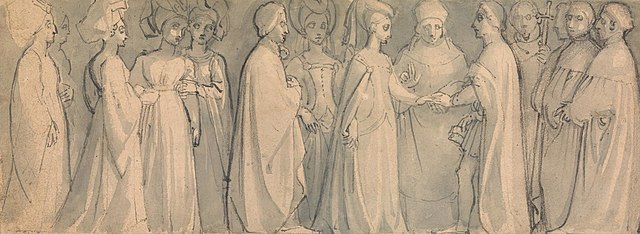
Frieze of a Medieval Wedding by Thomas Stothard
Young Fumayan women who are not married or betrothed and desire to become married traditionally wore a ceremonial blue sash (blue being Mera's color and Mera being the principle goddess of marriage and families. It is a common practice for women to make their sash more visible around bachelors that they are interested in and to hide their sashes around bachelors that they are not interested in.
Relationship Ideals
Monogamy is considered the moral and proper state of a couple and adultery and especially bastard children are quite frowned upon, at least among highborn Fumayans. Lowborn Fumayans are somewhat less fussed about proper lineage.
Social norms are a little fuzzier when it comes to non-married people having sex. Opinions differ among Fumayans on what is or is not appropriate.
Fumayans have access to great knowledge of herbs and medicinal plants. This includes plant mixtures that serve as effective forms of birth control, and there is generally little social stigma on the use of contraceptive herbs, but there are a few loud voiced moral custodians who say otherwise.
Diverged ethnicities
Encompassed species
Related Organizations
- Fumaya Armed Forces
- Fumaya's Nonagon
- Fumayan Children
- Fumayan Guardians
- Fumayan Keepers
- Fumayan Lanterns
- Fumayan Masks
- Fumayan Rovers
- Fumayan Stewards
- Fumayan Tenders
- Fumayan Testers
- House Frymar
- House Linijka
- House Nerozik
- House Palbuc
- House Wiern
- House Zielonkame
- House Zimoz
- Kingdom of Fumaya
- Sabbatzarod Coven
- Tapukeah Zeyvem Memorial Hospital
Related Items
Languages spoken

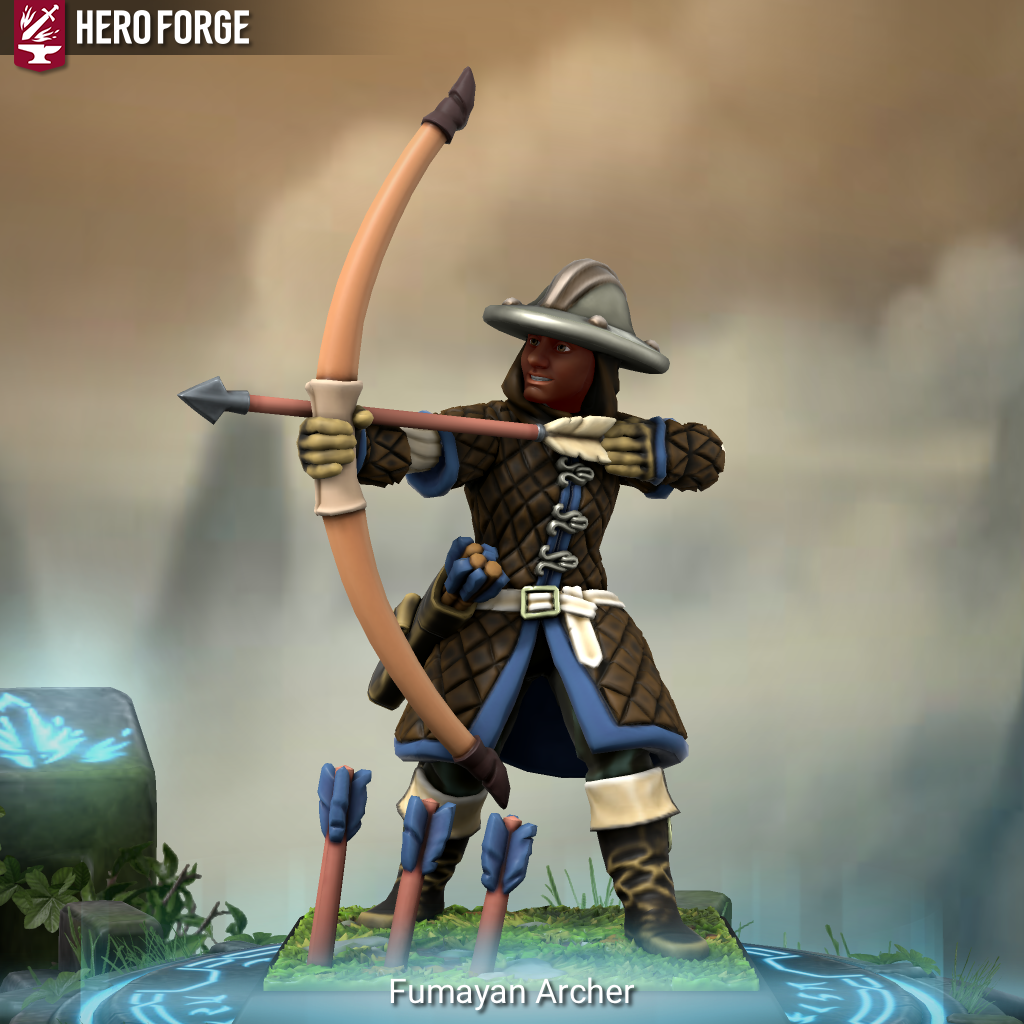
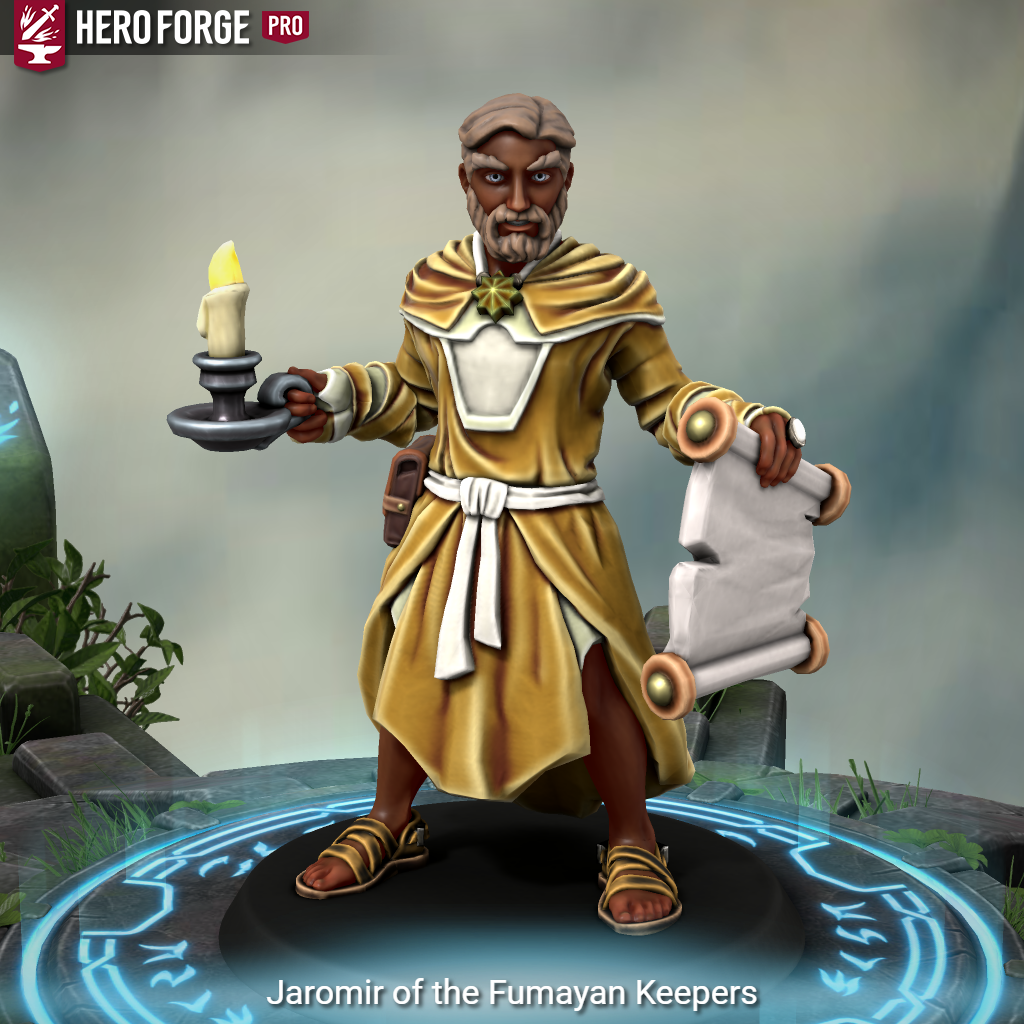
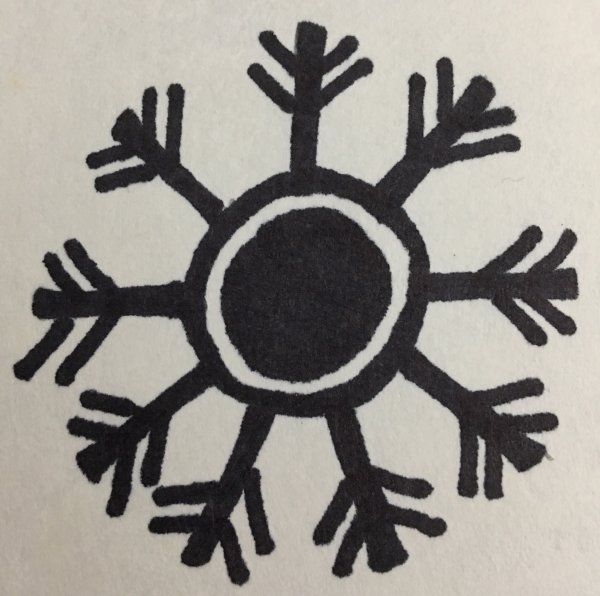

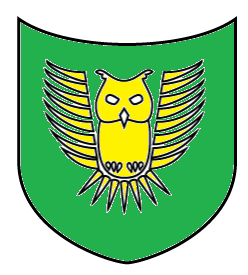
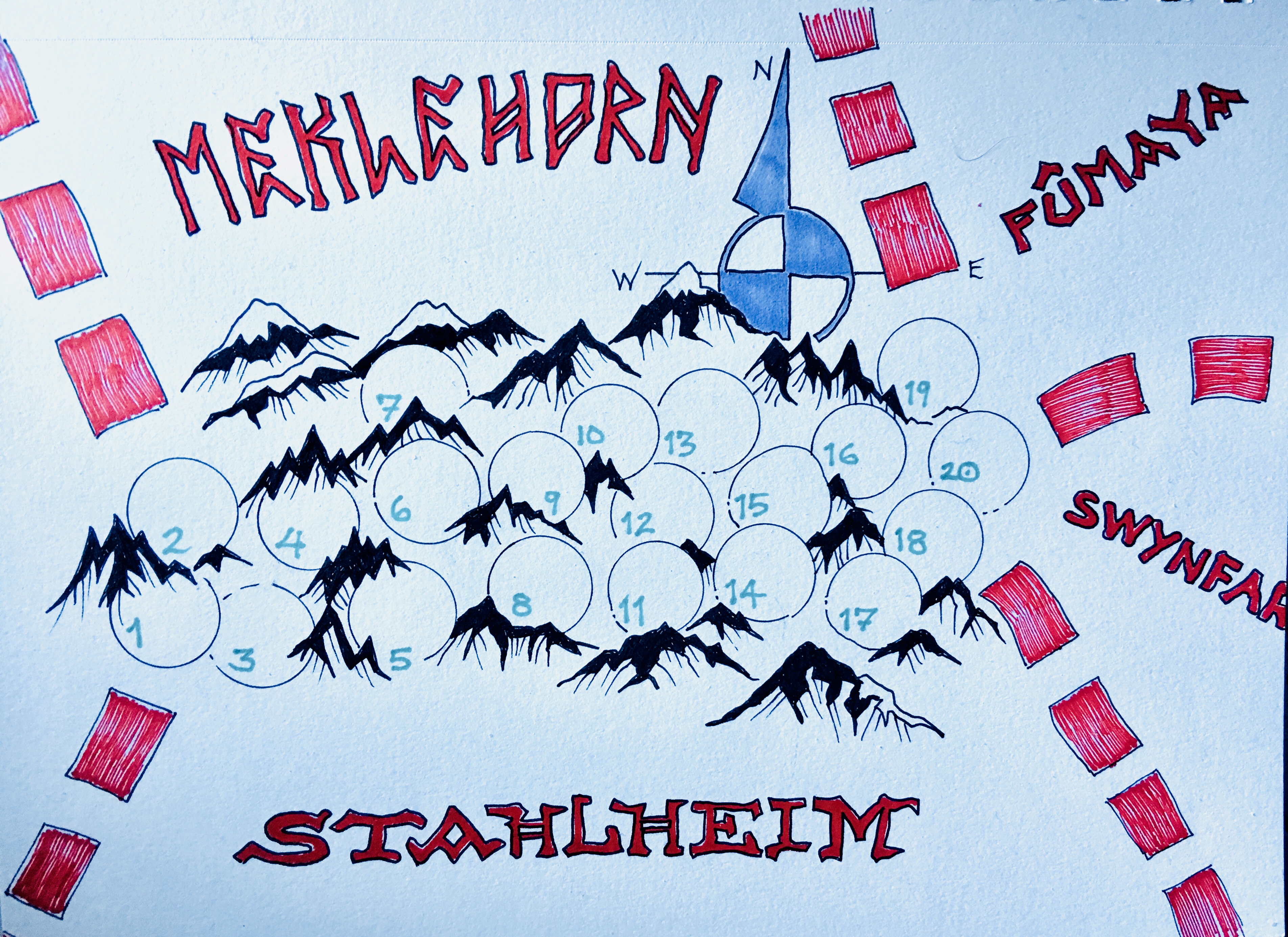
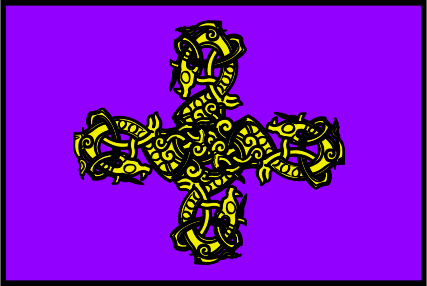
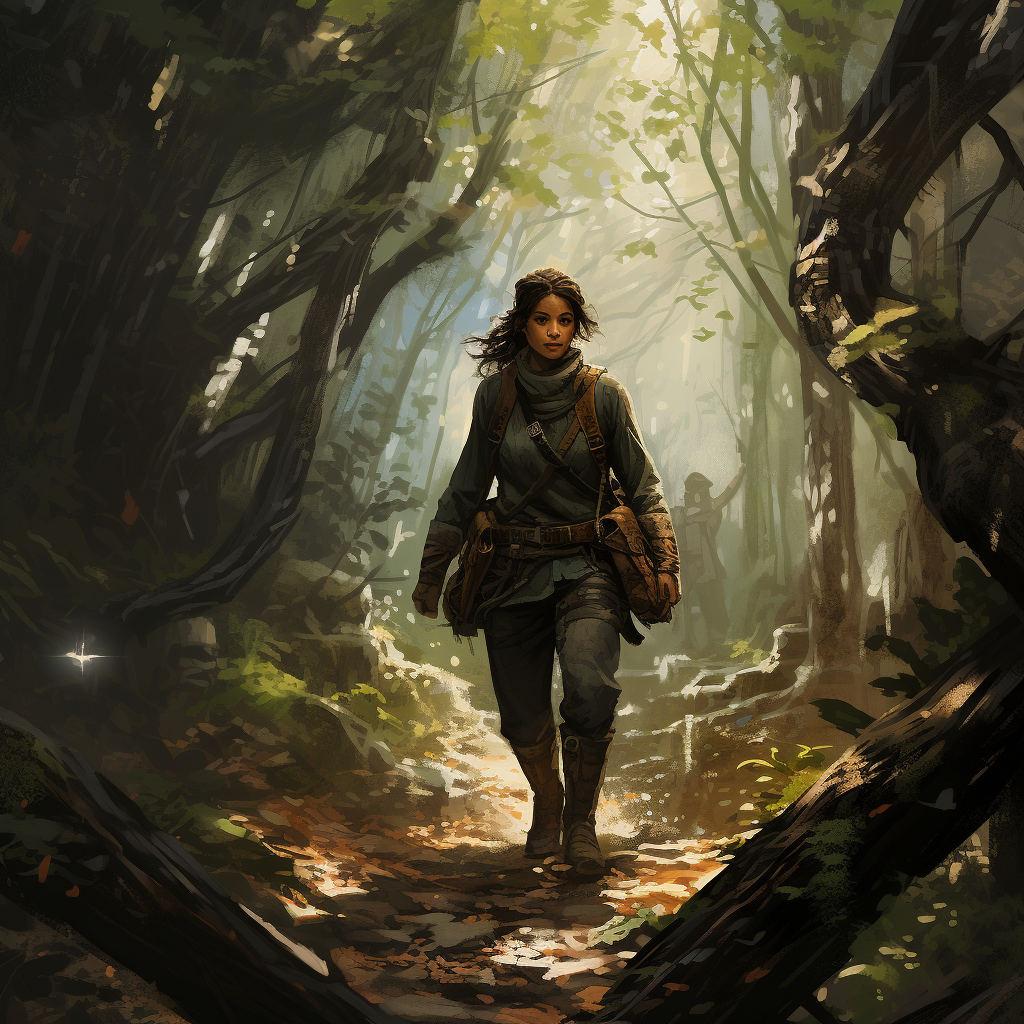
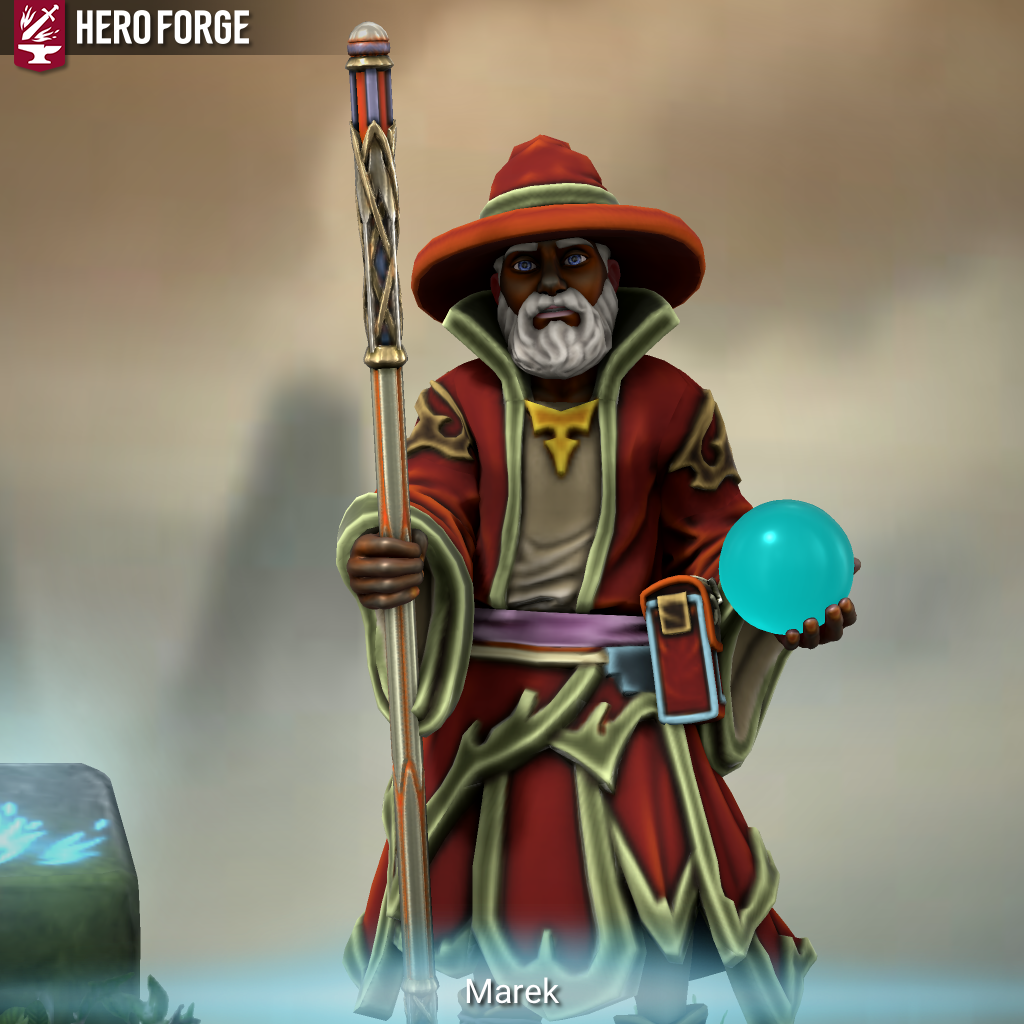
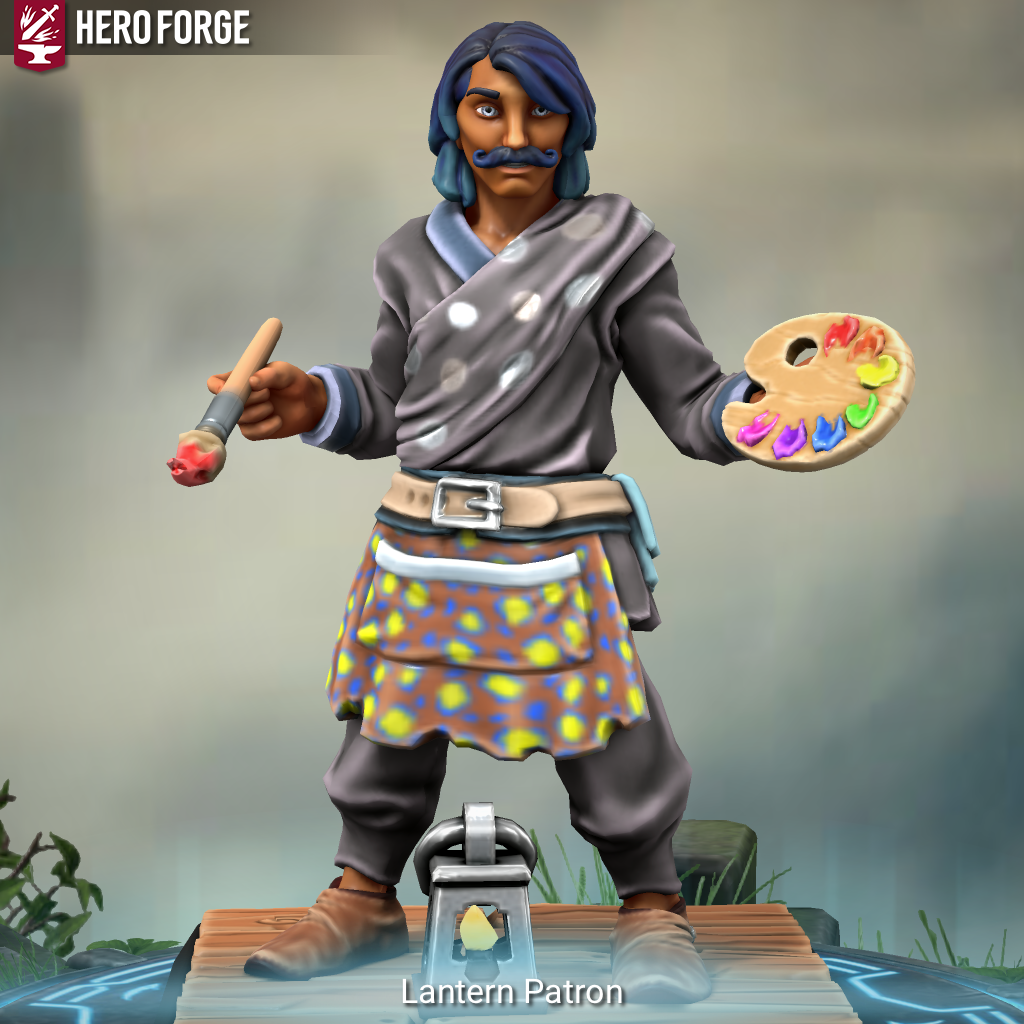
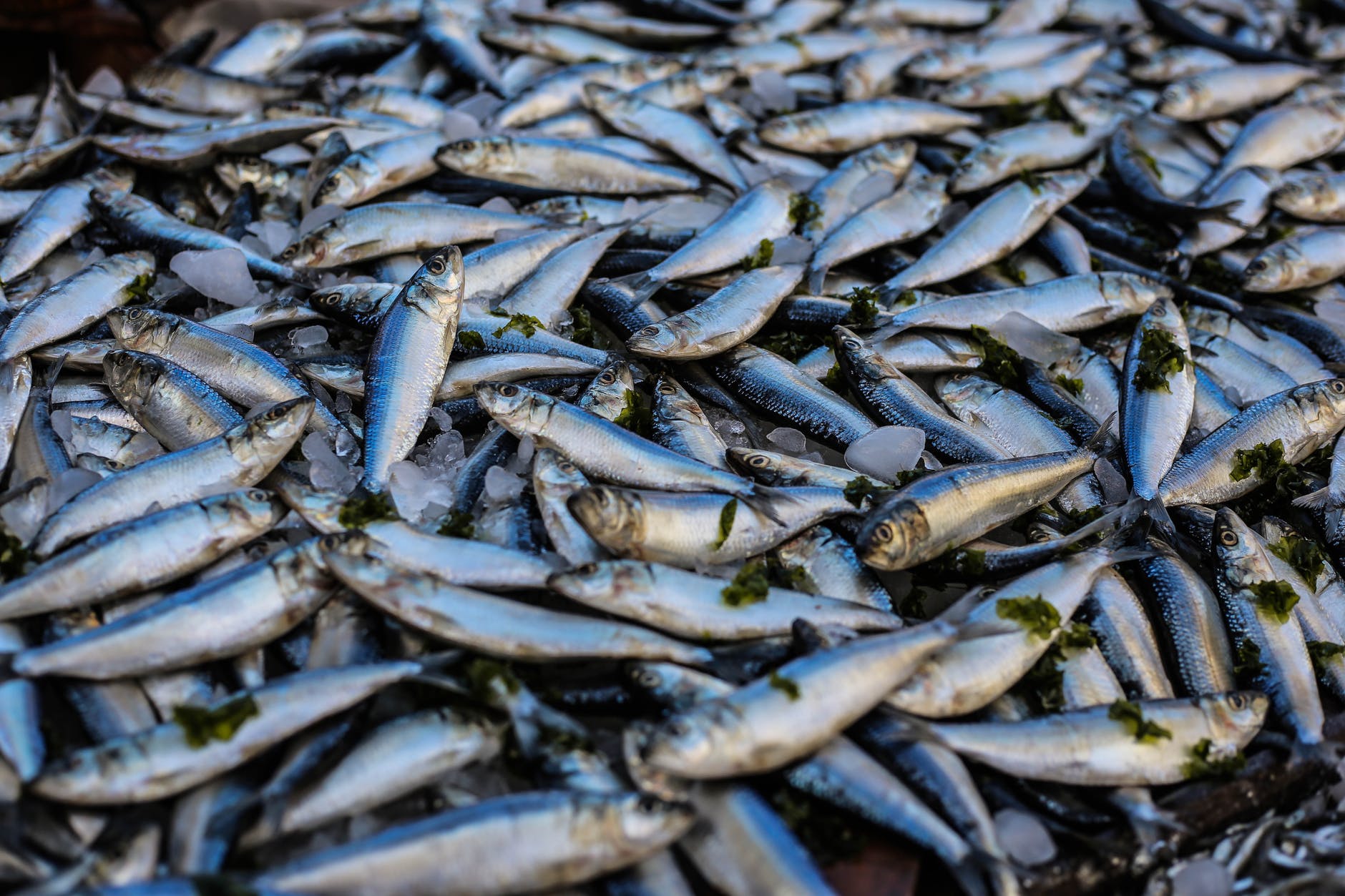
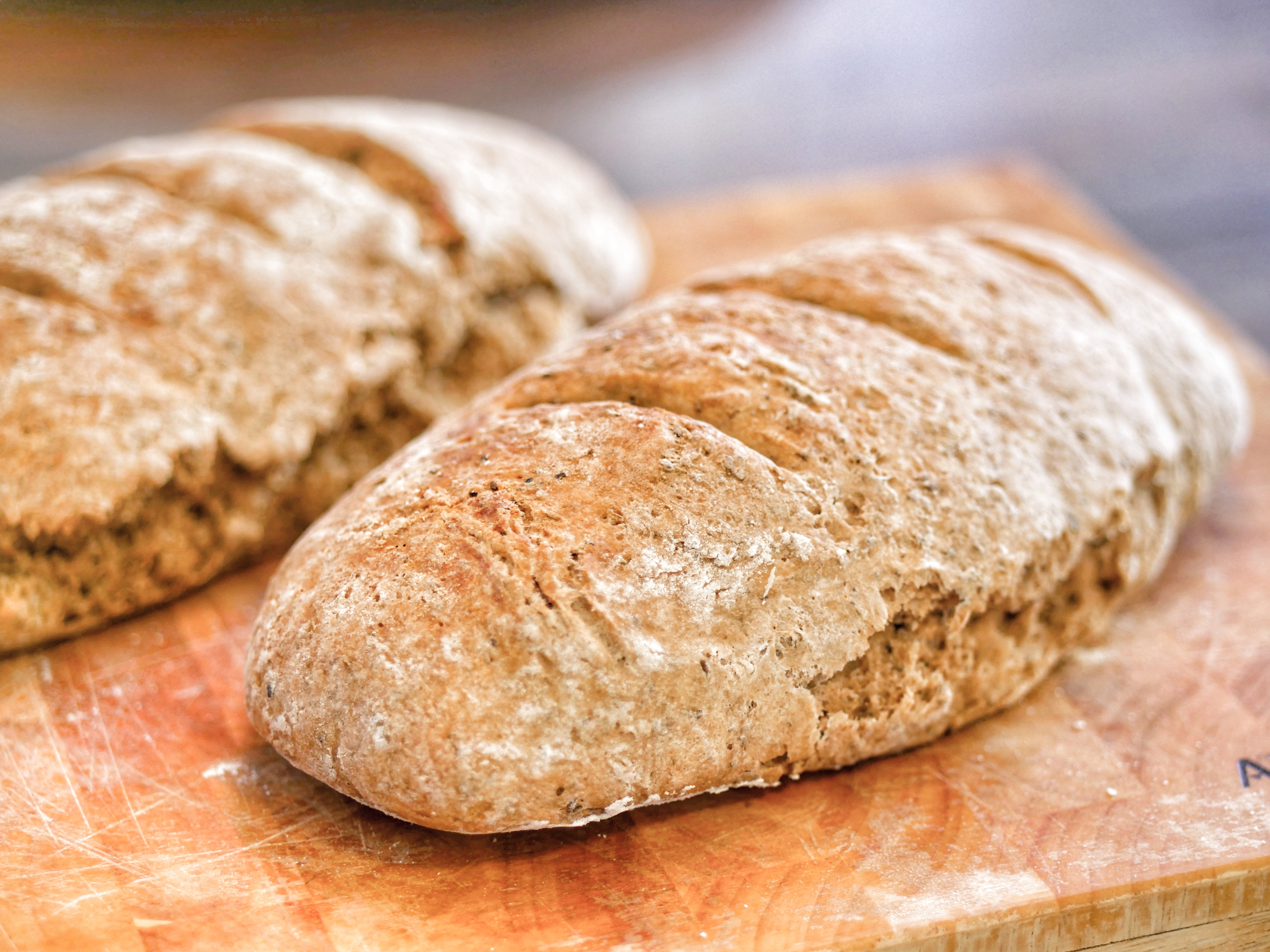
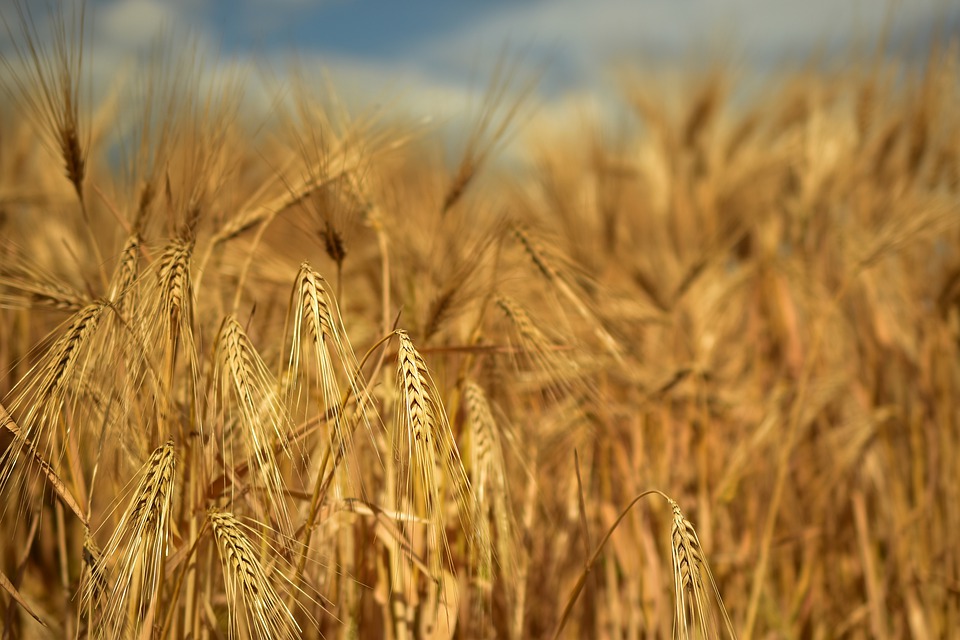
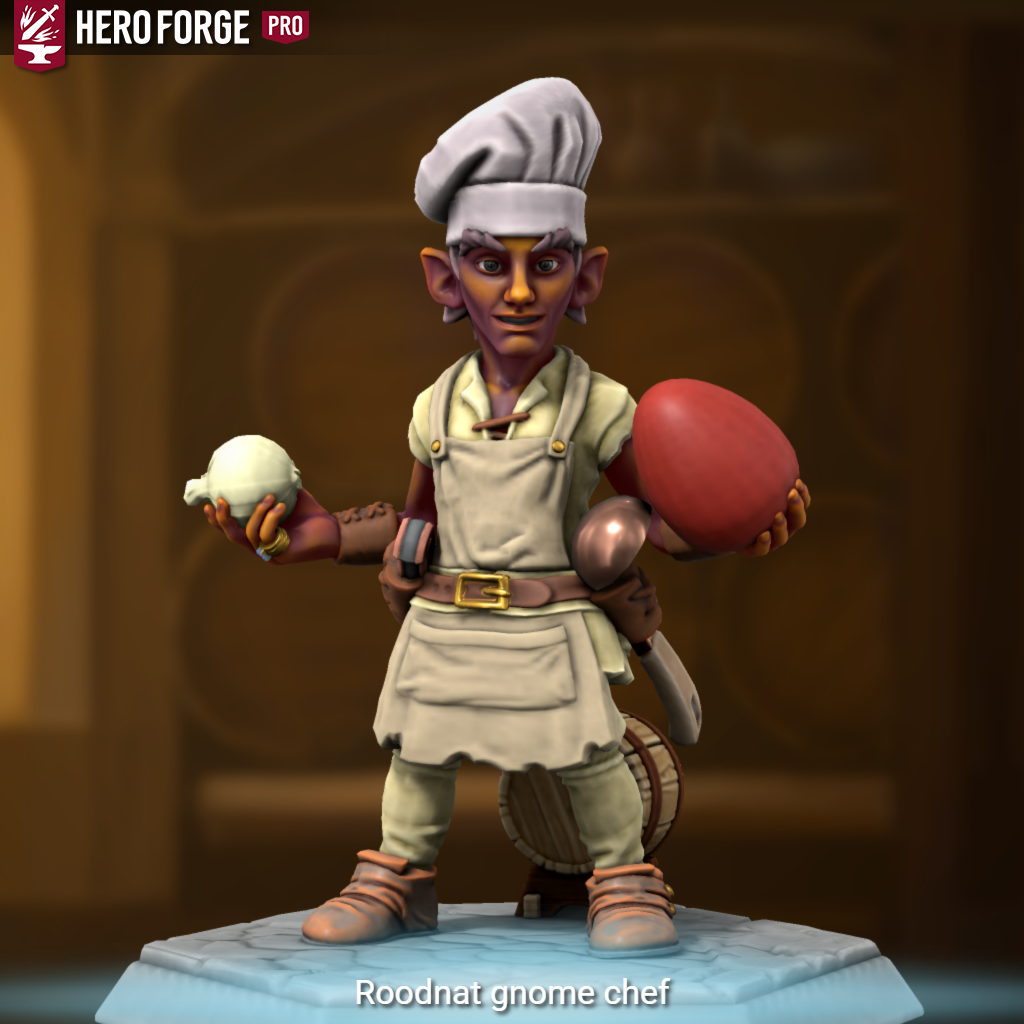
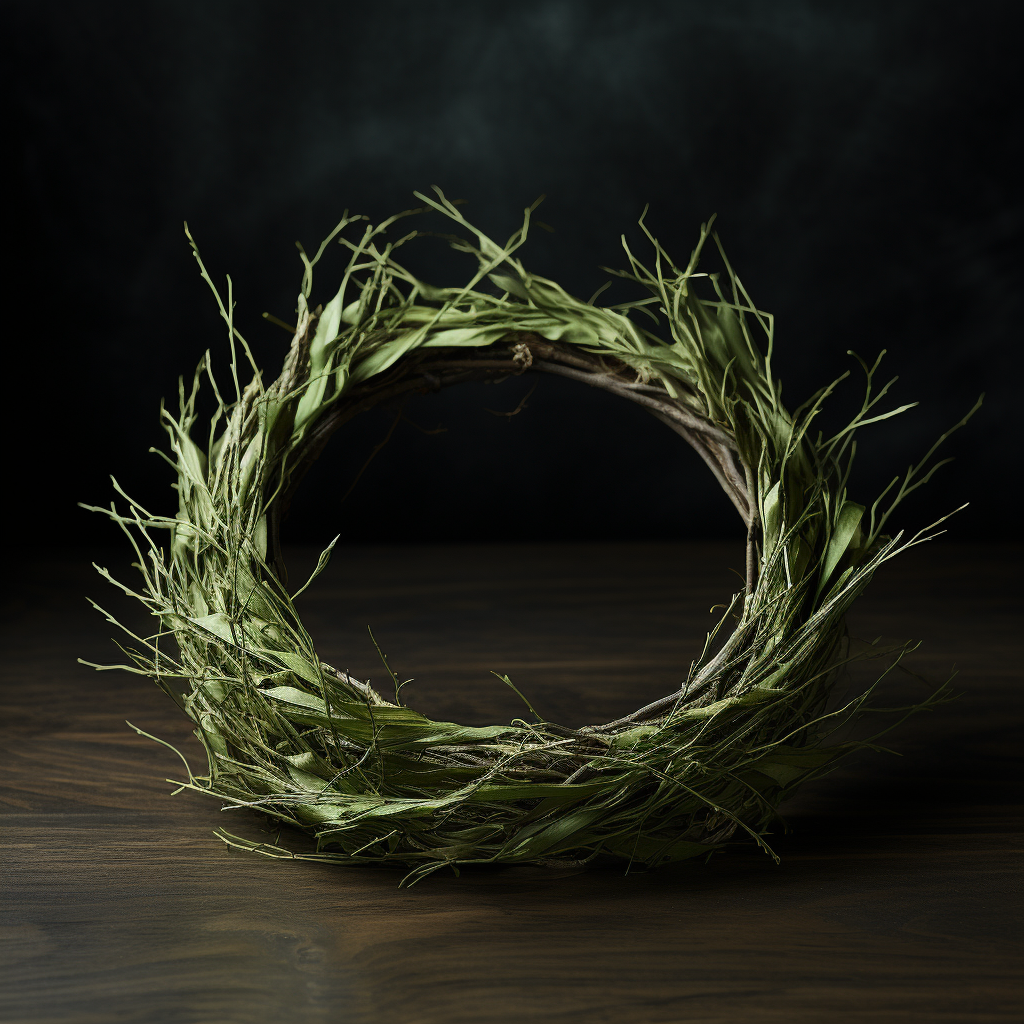

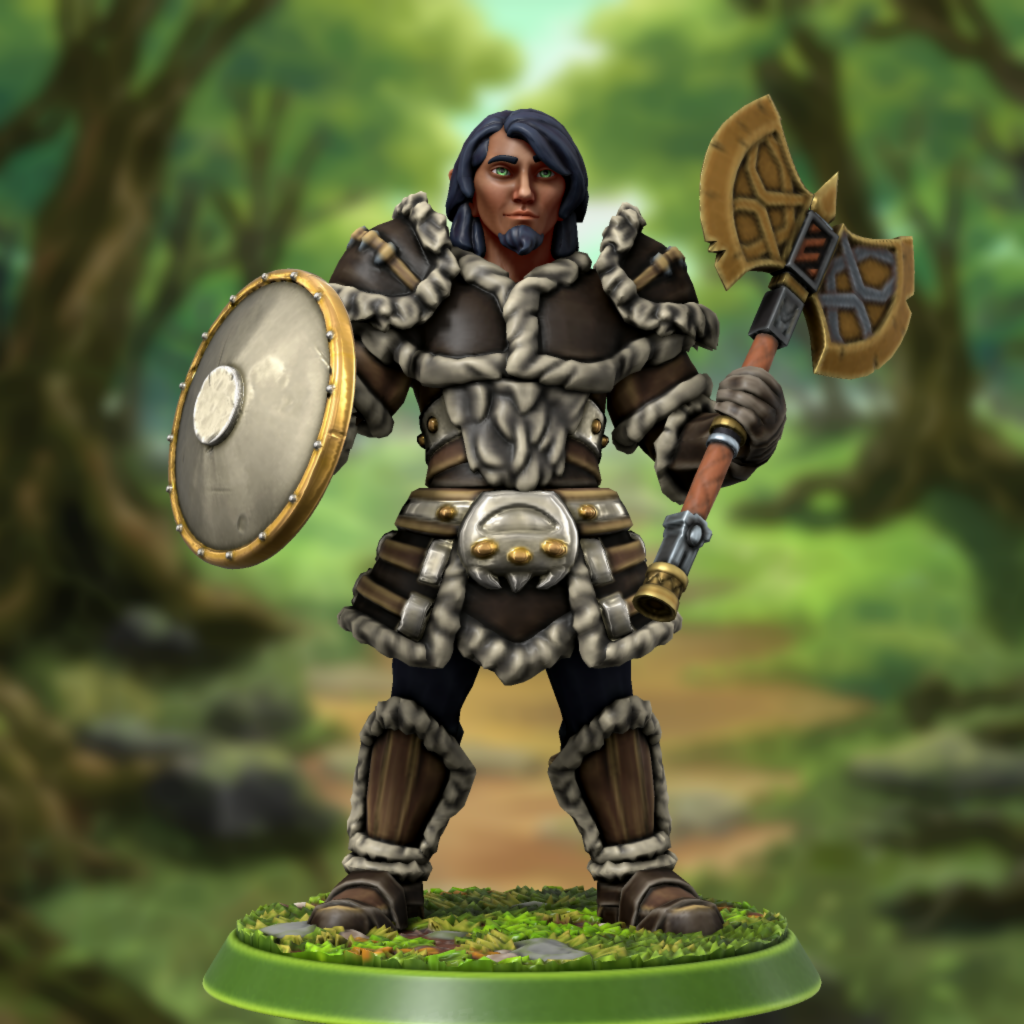
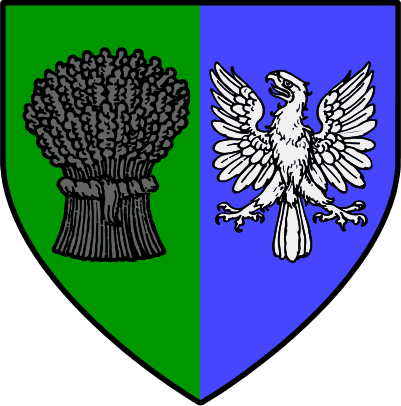
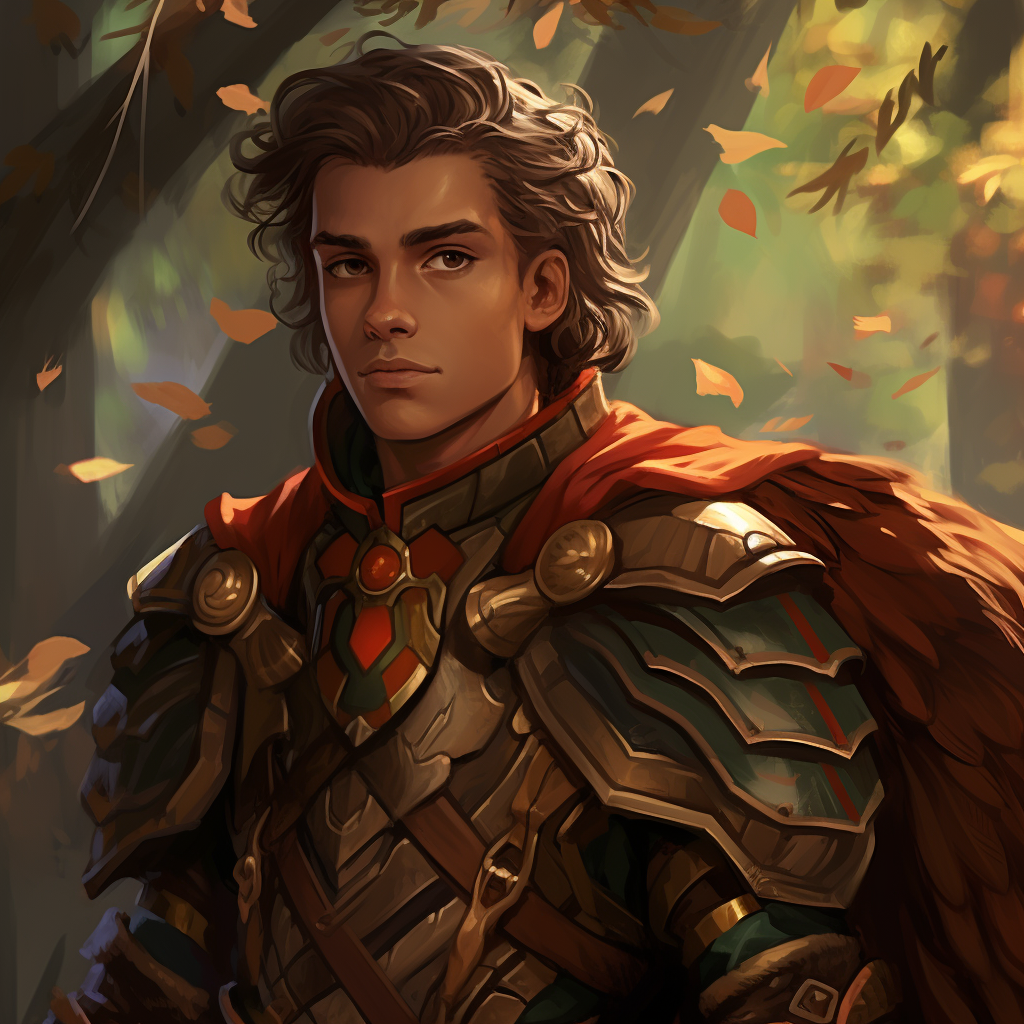
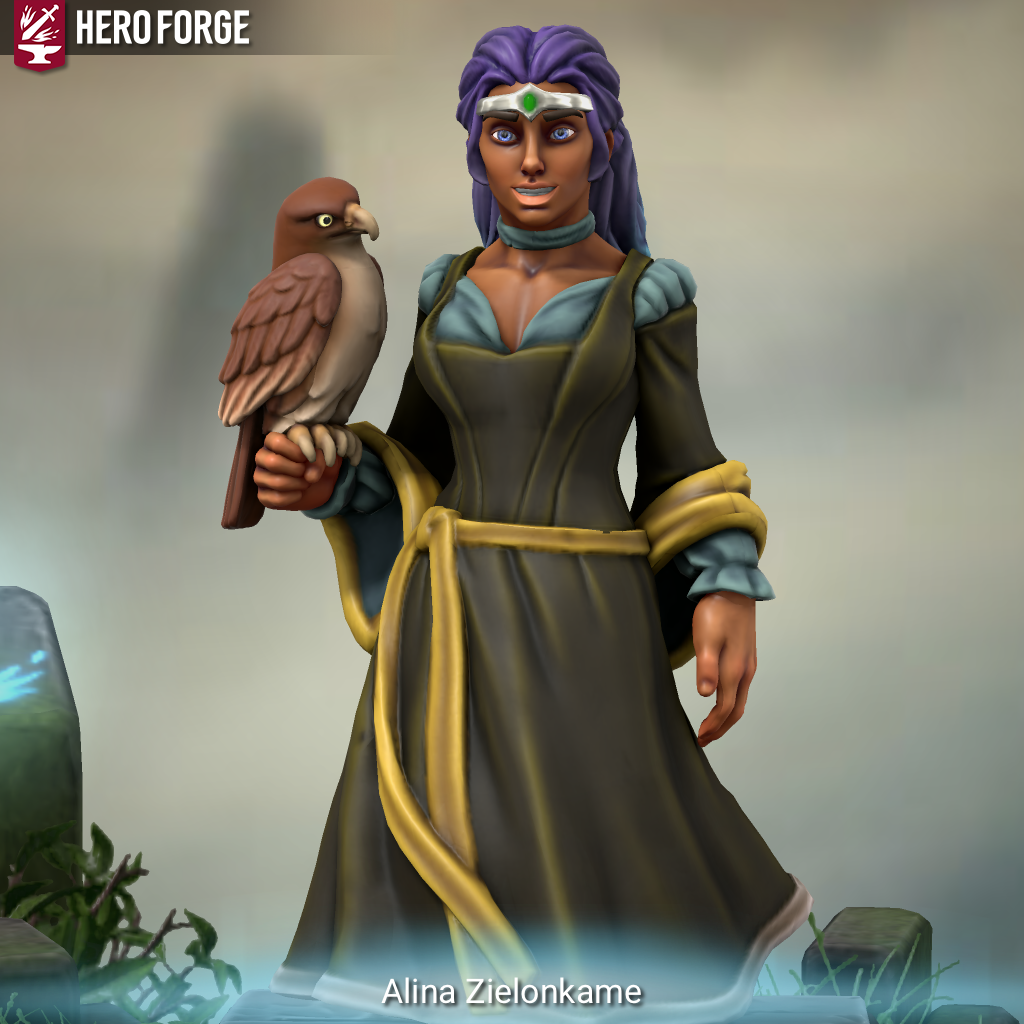
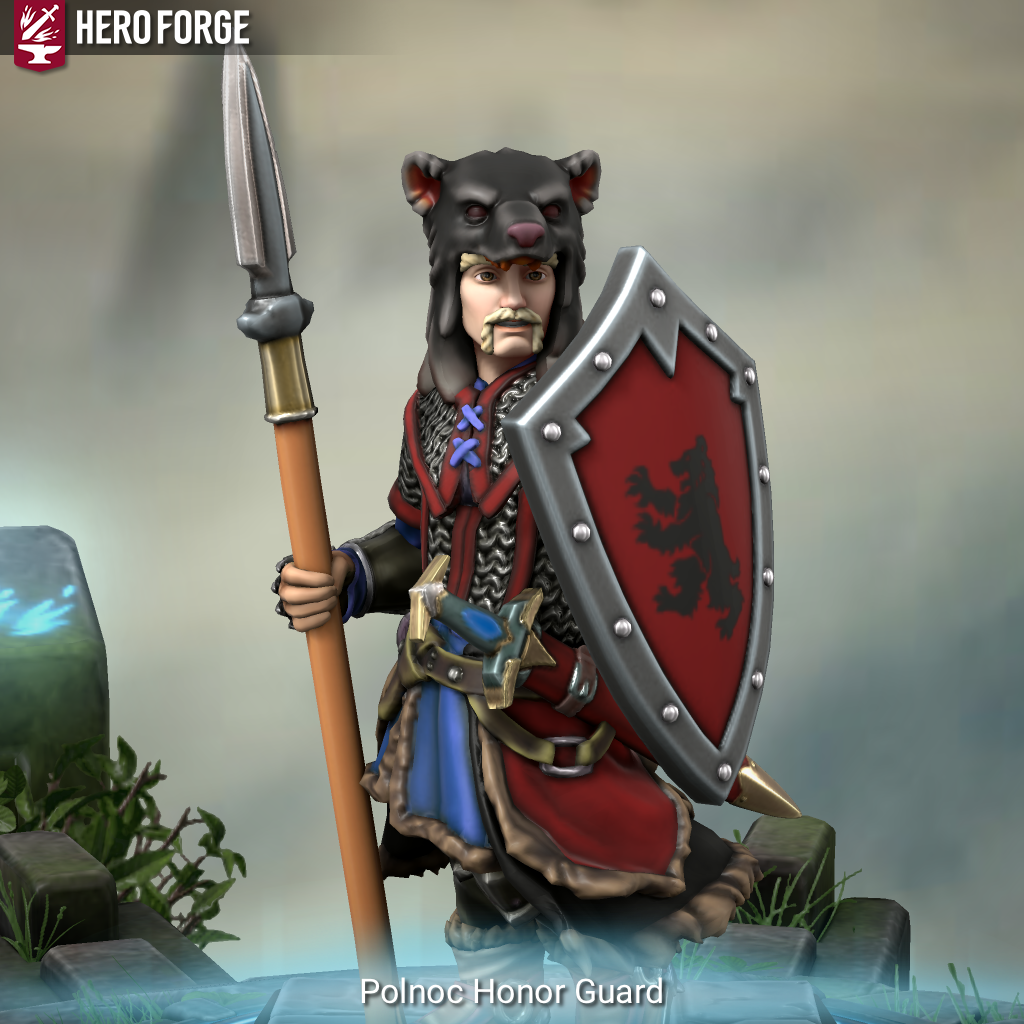
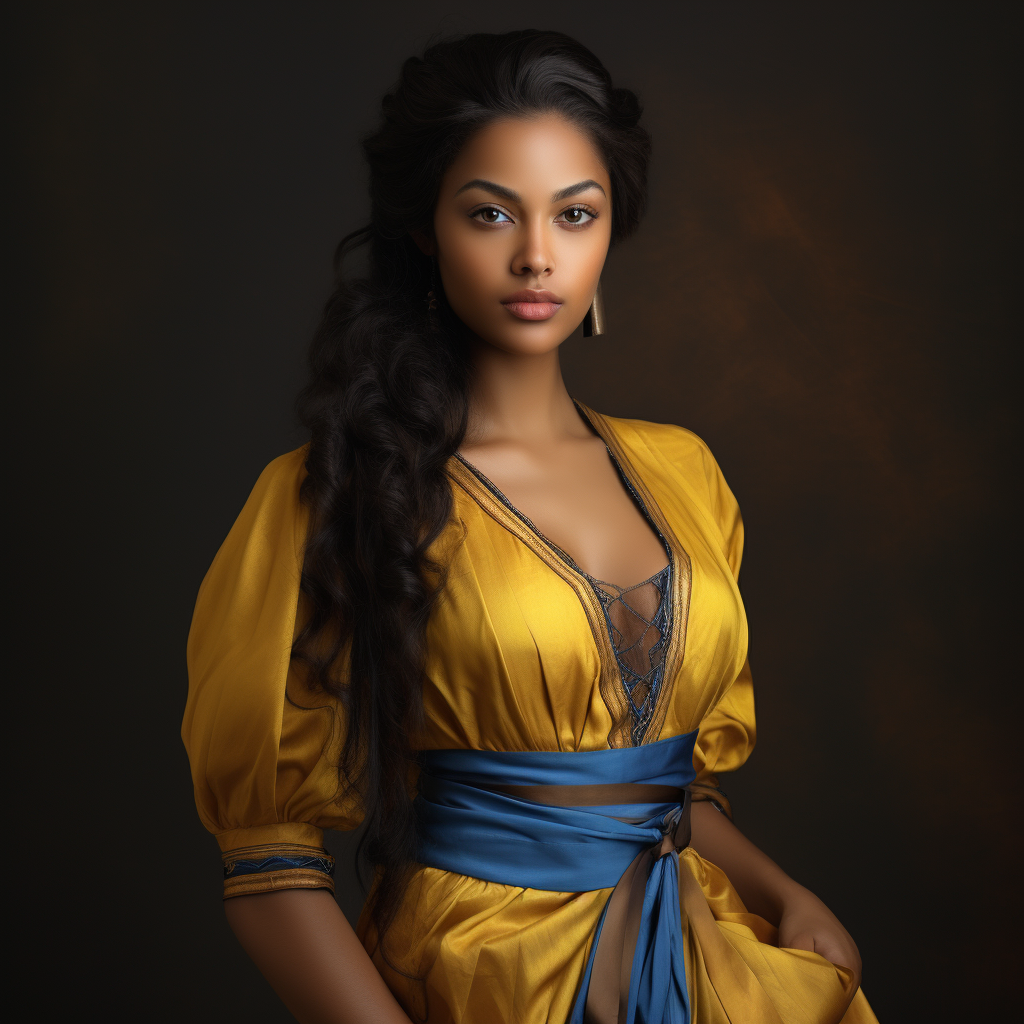
Comments